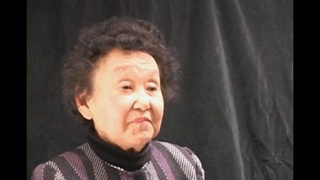Interviews
Driving 1930 Ford at age 12
My father had a bought a 1930 Model A Ford, 4-door sedan and you know, he really wasn’t a very good driver and so I started driving – practicing of course – on the farm, on the farm road and there’s no traffic, so it’s quite safe. But the main reason it was because we had a truck – a large ton, half-Dodge truck and he had a difficult time driving that, so I had to learn. I must say that by age 12, I fibbed about my age and I got a driver’s license.
Date: December 6, 2005
Location: Oregon, US
Interviewer: Akemi Kikumura Yano
Contributed by: Watase Media Arts Center, Japanese American National Museum.










